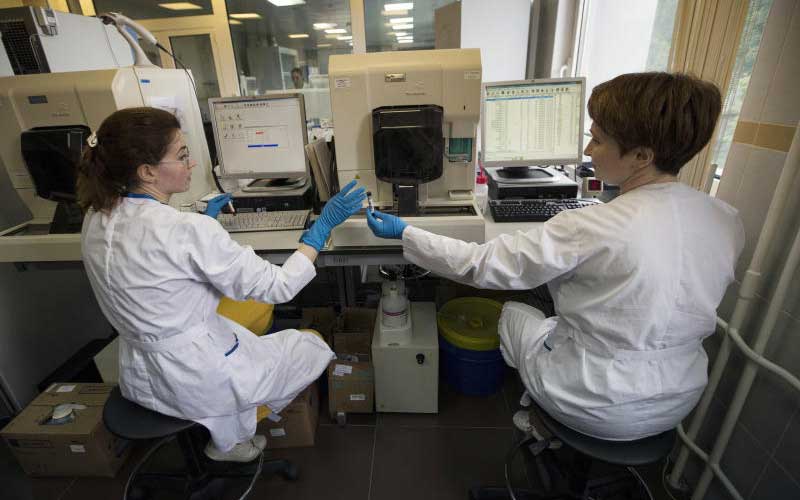Cases of doping by professional athletes have been on the rise with top names receiving lengthy bans.
Most of the cases lead to athletes getting banned and usually revolve around violation of anti-doping rules.
While it is possible that some athletes are not aware they are doping, others consume these prohibited substances fully aware of the effects and repercussions.
What is doping?
Doping is the basic administration of drugs to an athlete in order to enhance or inhibit their performance.
According to institutions like the World Anti-Doping Agency and the International Olympic Committees, doping is the use of prohibited substances, using forbidden methods to enhance and maintain sporting performance.
These institutions have measures they have put in place referred to as Doping Control.
The World Athletics Anti-Doping rules, which have been in force since the start of November 2019, define Doping Control as “all steps and processes from test distribution planning to ultimate disposition of any appeal including all steps and processes in between such as provision of whereabouts information, sample collection and handling, laboratory analysis, TUEs, results management and hearings.”
Cases of doping can only move forward once these organisations feel one has violated one or more anti-doping rules.
We will speak about the rules in another article.


What is proof that an athlete is doping?
For a doping case to be prosecuted, anti-doping agencies must prove that a rule has been violated.
Agencies like WADA have to prove to the hearing panel that an athlete has indeed violated an Anti-Doping Rules.
According to the World Athletics Anti-Doping rulebook, there are several methods of establishing what is factual and what is assumed.
Section 3.2.1 of the rulebook says the following rules of proof shall be applied during hearings in doping cases:
- Analytical methods or decision parameters approved by WADA
WADA, upon consultation with relevant scientific entities, can prove an athlete has been doping (scientific validation). However, these decisions have to undergo ‘peer review’. Any athlete or concerned person who refutes these decisions have to notify WADA that they will challenge and the basis.
- Compliance with an International Standard
Conforming to an International Standard is also important when providing doping proof. Alternative practices and procedures that are performed poorly are a basis to ascertain that at athlete has doped.
WADA owns laboratories that conduct tests and analyses on provided athletes’ samples. In compliance with the International Standard of Laboratories, they can prove an athlete violated anti-doping rules should they find an unauthorised substance in the sample. Should an athlete feel the need to refute laboratory findings, he/she should prove that the lab’s findings are wrong or inaccurate.
- Departures from any other International Standard
Any sort of deviation from the set policies and International Standard that did not cause the evidence cited while supporting a specific charge will not invalidate the facts. If the athlete establishes any deviation (departure) from the set standards could have caused the Adverse findings, the anti-doping organisation will have to prove the ‘departure’ did not cause adverse findings or tampered with the factual basis of the violation.
- Facts established by competent disciplinary tribunal
Should a competent disciplinary body like a court establish facts that are not the subject of appeal, this is treated as ‘írrebutable’ evidence against the athlete, whom the decision was made on based on those facts. The athlete can only challenge if he/she can establish that the decision made by the court violated natural justice principles.
- Failure to respond to a demand
A hearing panel on an anti-doping rule violation may draw conclusions that are unfavourable to the person charged based on their failure or refusal to respond to a demand that puts them part of the investigation.
Credit: Source link